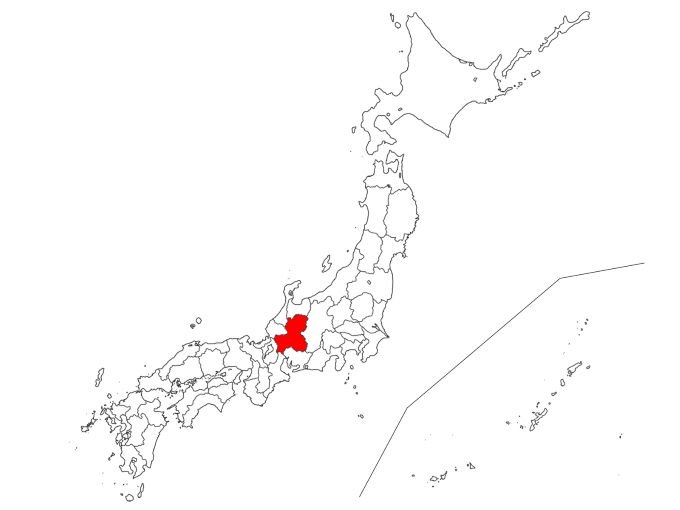Contents
1.Basic Information
Gifu Prefecture is an area blessed with historical and cultural landmarks, including the “Shirakawa-go & Gokayama gassho-style villages” registered as UNESCO World Heritage Sites, Gifu Castle, the castle in the sky known as Gujo Hachiman Castle, and Magome-juku, a post town from the Edo period.
Shirakawa-go (Shirakawagou)
The Shirakawa-go in Gifu Prefecture and Gokayama in Toyama Prefecture are renowned for their unique landscapes and gassho-style houses, which were registered as a UNESCO World Heritage Site in 1995. These regions are heavy snowfall areas and were once considered inaccessible retreats of Japan, which led to the development of gassho-style houses with steep thatched roofs strong enough to withstand the snow. These houses are multi-storied, designed to accommodate large families living together. The first floor is typically used as a spacious living area, while the upper floors are used for bedrooms and workspace.
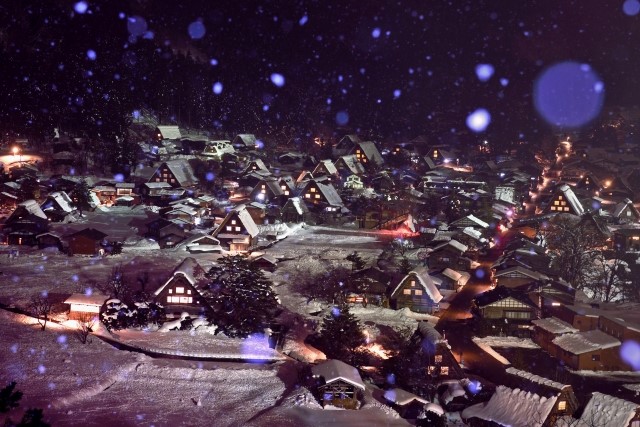
Gifu Castle (Gifujyou)
Oda Nobunaga captured this castle in 1567, changed the name from “Inokuchi” to “Gifu,” and established it as the base for his quest to unify Japan. The current castle was reconstructed in 1956 and now houses historical exhibits and an observation deck. The castle is situated at an altitude of 329 meters, and from the top floor, you can view the Nagara River, which is famous for cormorant fishing (Ukai), as well as the Kiso River, surrounding mountains, and vast plains.
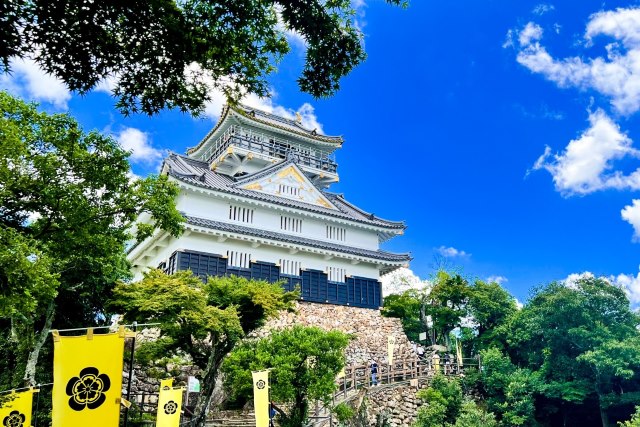
Gujo Hachiman Castle (gujohachimanjyou)
Gujo Hachiman Castle was built by the Endo family in 1559 and was succeeded by 17 generations from 5 families until the end of the Edo period. From the castle, you can overlook the castle town and the surrounding mountains. From early to mid-November, the area around the castle is dyed red with autumn leaves, and you can enjoy nighttime illuminations.
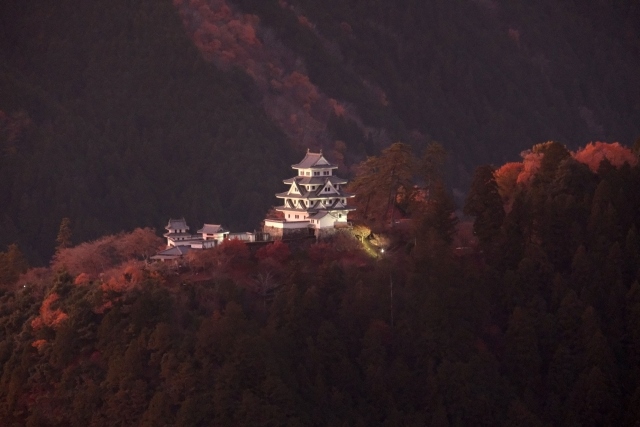
Magome-juku
The Magome area in Nakatsugawa City, Gifu Prefecture, is known for its beautiful countryside landscapes and the historical Nakasendo road that was opened in the early Edo period. Magome-juku is the post town along this road, lined with cobblestone slopes, souvenir shops, and old-fashioned cafes. Here, you can enjoy the nostalgic town atmosphere while shopping and sampling local foods. The road from Magome-juku turns into the rugged 80-kilometer stretch known as “Kisoji” which retains the scenery of the Edo period, extending all the way to Tokyo.
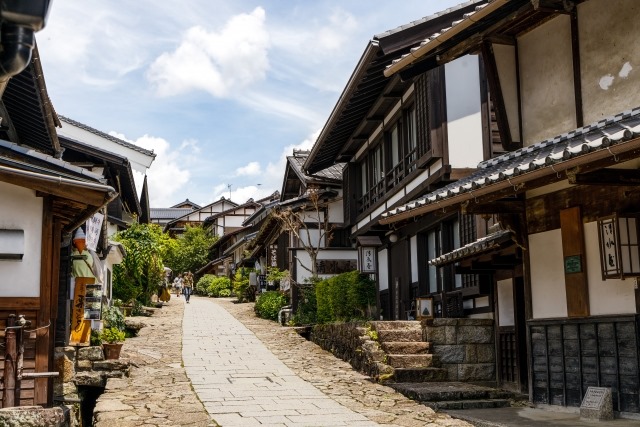
2.Reviews
Monet’s Pond
The unnamed pond in Seki City, Gifu Prefecture (commonly known as Monet’s Pond), is known for its clear spring water, beautiful water lilies, and gracefully swimming koi carp, reminiscent of the paintings of water lilies by the artist Monet. The best time to visit is in early summer when the water lilies are in bloom, offering a spectacular view. It’s recommended to set “Flower Park Itadori” in your car navigation system as the location can be a little hard to find.
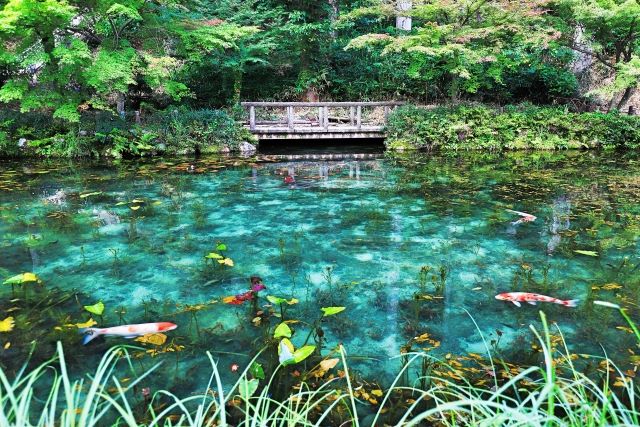
Enbara River (Enbaragawa)
The Enbara River, one of the sources of the Nagara River, is a clear stream that stretches for about 8 kilometers. The river’s transparency is maintained by subterranean water that purifies as it flows underground, creating a habitat for beautiful moss. Especially in the summer mornings, the mystical scenes of river mist and rays of light shining through the trees make it a popular spot for photography enthusiasts.
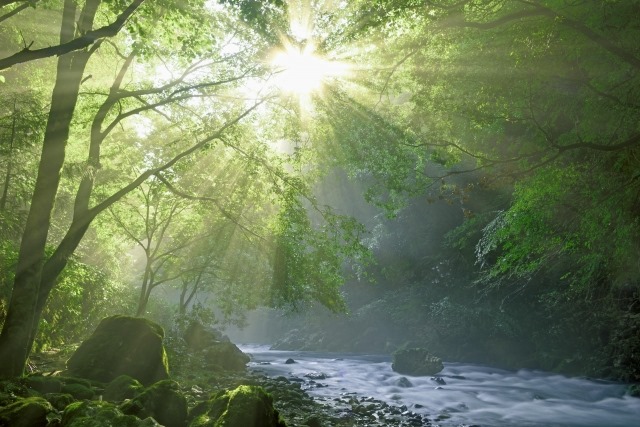
3.Local Food



4.Transportation Information
■How to get to Shirak
awa-go, Magome-juku, Gifu Castle, Gujo Hachiman Castle
Gifu Prefecture Tourism Federation Official Site (Multilingual Support)
https://www.kankou-gifu.jp/access/index.html
5.Map Information
